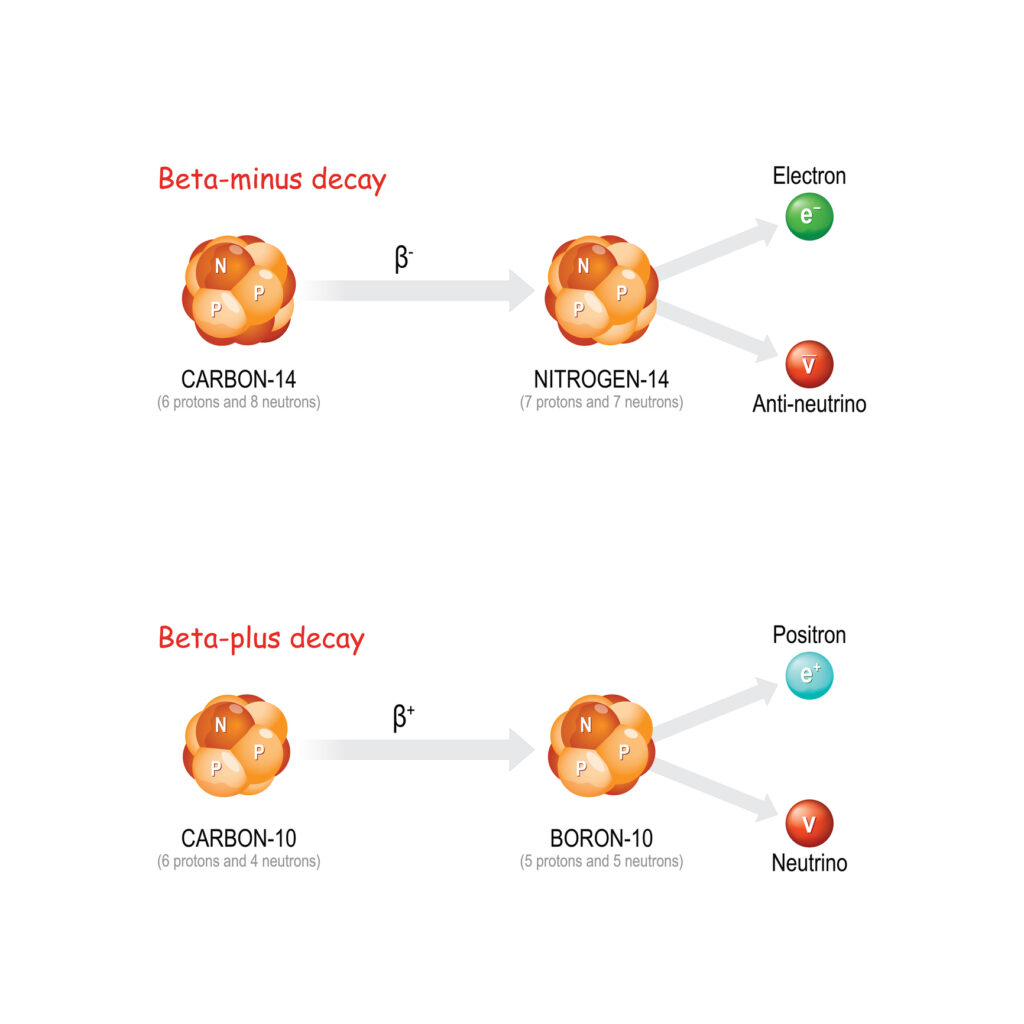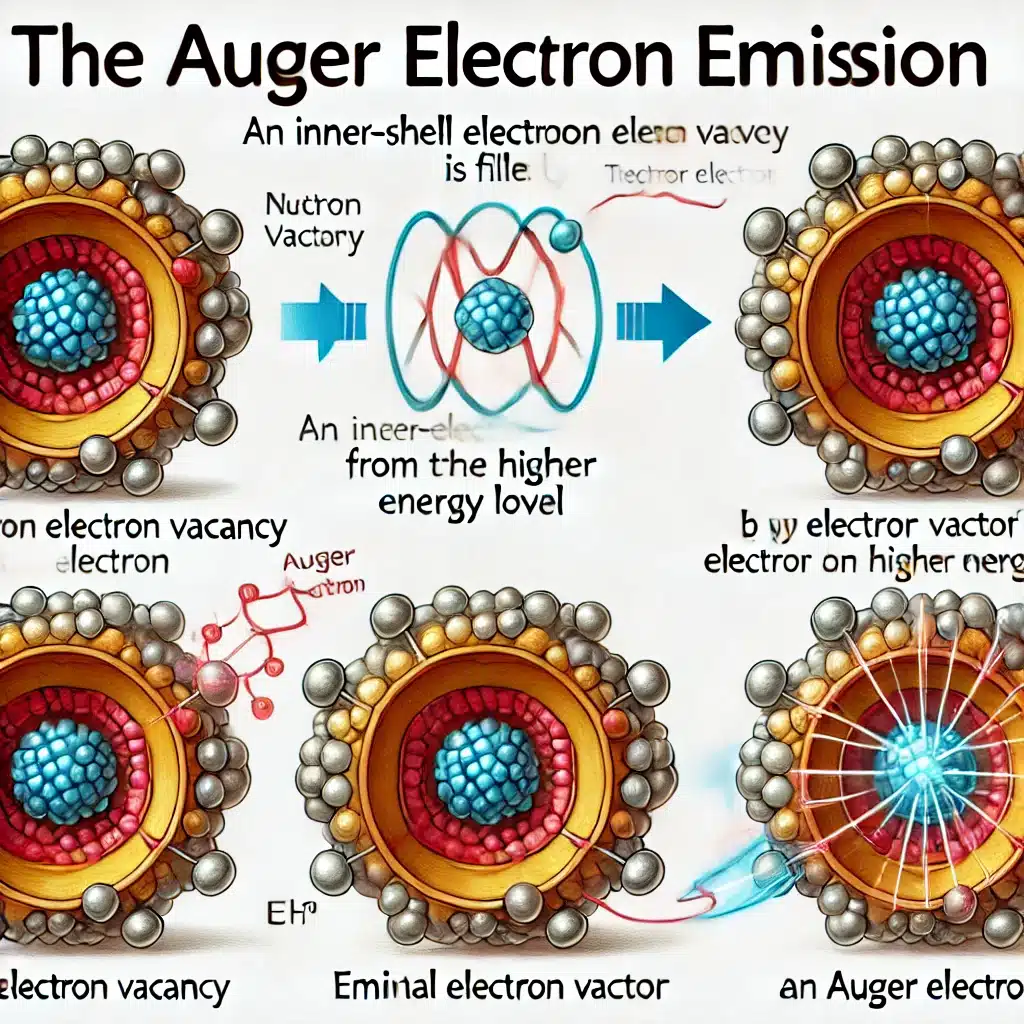Summary: Proton beam therapy (PBT) has gained significant traction as a precise and effective modality in cancer treatment. Two pivotal concepts in recent research—Relative Biological Effectiveness (RBE) and Linear Energy Transfer (LET)—are shaping our understanding of the therapy’s efficacy and safety. This article explores the fundamental principles of RBE and LET, their relationship, and their implications for optimising proton beam therapy. Additionally, it examines ongoing research and technological advances aimed at addressing challenges such as tumour targeting, side effect mitigation, and personalised treatment strategies.
Introduction to Proton Beam Therapy
Proton beam therapy is an advanced form of radiation therapy that uses protons instead of photons or electrons to target cancerous tissues. The primary advantage of PBT lies in the unique dose distribution of protons, characterised by the Bragg peak—a sharp increase in energy deposition at a specific depth within tissue, followed by a rapid fall-off. This allows for precise delivery of high doses to tumours while sparing surrounding healthy tissue.
However, while the physical benefits of PBT are well-established, its biological effects remain less predictable. This has prompted growing interest in factors such as Relative Biological Effectiveness (RBE) and Linear Energy Transfer (LET), which influence the biological damage caused by radiation.
Understanding Relative Biological Effectiveness (RBE)
RBE quantifies the effectiveness of a given type of radiation in causing biological damage compared to a reference radiation, typically X-rays. Mathematically, it is expressed as:
RBE= (Dose of reference radiation required to achieve an effect) / (Dose of test radiation required to achieve the same effect)
Standard RBE in Proton Therapy
Traditionally, a fixed RBE of 1.1 is used in proton therapy planning. This implies that protons are, on average, 10% more effective at inducing biological damage than X-rays. However, this generalisation overlooks significant variability in RBE based on factors such as:
- LET: Higher LET values are associated with greater biological damage.
- Cell type: Different tissues and tumour types exhibit varying sensitivities to radiation.
- Dose per fraction: RBE can vary with the dose delivered in each treatment session.
- Oxygenation: Hypoxic (low oxygen) tumour regions exhibit resistance to radiation, affecting RBE.
RBE Variability and Clinical Implications
Recent studies have shown that the RBE of protons can exceed 1.1, particularly at the distal edge of the Bragg peak where LET is higher. This has raised concerns about unintentional damage to healthy tissues near tumours and the potential for complications such as radiation-induced necrosis. Consequently, the fixed RBE assumption is being re-evaluated to improve treatment accuracy.
Linear Energy Transfer (LET)
LET measures the energy deposited by radiation per unit length of tissue traversal, expressed in keV/µm. It serves as a critical parameter for understanding the biological impact of radiation, as higher LET values typically result in more complex and severe DNA damage.
LET Characteristics in Proton Therapy
In proton therapy, LET is not uniform along the particle’s path:
- Entrance region: Low LET, where protons deposit energy gradually.
- Bragg peak: High LET, concentrated near the end of the proton’s range.
- Distal edge: Rapid LET rise before the proton stops.
This LET distribution directly correlates with variations in RBE, making it a key consideration for treatment planning.
Interplay Between RBE and LET
The relationship between RBE and LET is complex and non-linear. While higher LET generally leads to increased RBE, the magnitude of this increase depends on several factors, including cell type, DNA repair capacity, and the radiation dose. Research has identified critical thresholds, where LET values above a certain level result in disproportionately higher biological effects.
Challenges in RBE-LET Modelling
Accurate prediction of RBE based on LET remains challenging due to:
- Heterogeneity of biological response: Different cell types and tumour microenvironments exhibit diverse sensitivities.
- LET distribution in clinical settings: The LET of protons varies dynamically within tumours and surrounding tissues, complicating dose optimisation.
- Data limitations: Existing models rely on preclinical and in vitro studies that may not fully replicate clinical scenarios.
Advances in RBE and LET Research
Researchers are addressing these challenges through innovative methods and technologies. Key areas of advancement include:
Biological Modelling
Sophisticated mathematical models are being developed to predict RBE as a function of LET, dose, and tissue-specific factors. Examples include:
- Microdosimetric kinetic models (MKM): These simulate energy deposition at microscopic scales to estimate biological outcomes.
- Monte Carlo simulations: These computational tools track proton interactions within tissues to map LET and predict RBE variability.
Imaging and Measurement
Advances in imaging technologies are enabling real-time measurement of LET distributions within patients. Techniques such as proton radiography and prompt gamma imaging provide detailed insights into beam characteristics, facilitating precise treatment adjustments.
Clinical Studies
Large-scale clinical trials are evaluating the impact of variable RBE on treatment outcomes. These studies aim to establish thresholds for LET and RBE adjustments in different tumour types, particularly in sensitive regions such as the brainstem or spinal cord.
Personalised Treatment
Integrating RBE and LET data into individualised treatment plans is a growing focus. By tailoring dose and beam configurations to a patient’s specific tumour biology and anatomy, clinicians can maximise therapeutic effects while minimising side effects.
Applications of RBE and LET Research in Proton Therapy
The integration of RBE and LET concepts is transforming proton therapy in several ways:
Optimising Tumour Control
Variable RBE models allow for precise dose escalation in tumour regions with high LET, improving control rates for radioresistant cancers such as glioblastomas and pancreatic tumours.
Reducing Normal Tissue Complications
By accounting for high RBE at the distal edge of the Bragg peak, treatment plans can be adjusted to avoid excessive damage to healthy tissues, reducing the risk of complications like fibrosis or necrosis.
Enhancing Paediatric Treatment
Children are particularly sensitive to radiation-induced side effects. RBE and LET research are crucial for designing safer treatment protocols that minimise long-term risks.
Expanding Treatment Indications
Better understanding of LET and RBE may enable the use of proton therapy for tumours traditionally considered unsuitable due to proximity to critical structures or complex geometries.
Challenges and Future Directions
While progress is promising, several hurdles remain:
Standardisation
A lack of consensus on RBE and LET standards complicates their integration into clinical practice. Establishing universally accepted guidelines will be essential for widespread adoption.
Technological Barriers
Advanced imaging and modelling tools required for LET and RBE assessments are not yet universally available, limiting their accessibility to high-resource centres.
Biological Uncertainty
Variability in individual tumour biology and microenvironments continues to challenge the accurate prediction of RBE.
Training and Education
Incorporating RBE and LET considerations into routine practice requires specialised training for clinicians, physicists, and dosimetrists.
Conclusion
Relative Biological Effectiveness and Linear Energy Transfer are revolutionising proton beam therapy by enhancing our understanding of its biological impacts. By addressing challenges related to RBE variability, LET measurement, and personalised treatment, researchers are paving the way for safer and more effective cancer treatments. Continued investment in multidisciplinary research, technological innovation, and clinical trials will be essential to unlock the full potential of these concepts and ensure their integration into routine clinical practice.
Proton therapy’s future lies not just in its physical precision but also in its biological sophistication—a journey that RBE and LET are leading.
Disclaimer
The content provided in this article is for informational and educational purposes only. While every effort has been made to ensure the accuracy of the scientific and clinical information presented, Open Medscience makes no representations or warranties regarding the completeness, reliability, or suitability of the material for any specific medical, scientific, or therapeutic use.
This article is not intended to replace professional medical advice, diagnosis, or treatment. Readers are advised to consult qualified healthcare professionals or clinical physicists before making any decisions related to cancer treatment or proton beam therapy. The concepts of Relative Biological Effectiveness (RBE) and Linear Energy Transfer (LET) discussed herein reflect current research and may evolve as new evidence emerges.
Furthermore, clinical implementation of variable RBE or LET-guided planning is still under investigation and may not be available or approved in all healthcare settings. Open Medscience does not endorse or recommend any specific treatment protocols, technologies, or clinical practices mentioned in this publication.
Use of this information is at the reader’s own risk. Neither the authors nor Open Medscience shall be held liable for any direct or indirect consequences arising from the use or interpretation of the content contained in this article.
You are here: home » diagnostic medical imaging blog »



